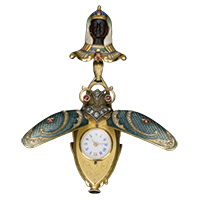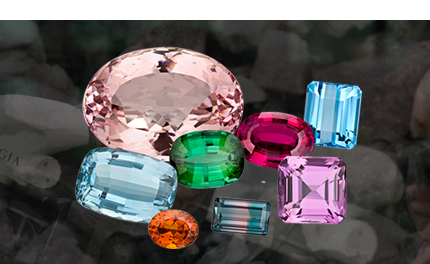Timepieces

Wearable timepieces have existed only for a few hundred years. The original ones were bulky and worn as pendants. Over time, they became thinner and smaller. When wristwatches were first designed, they were made for women. They did not become popular with men until World War I.
Men began to favor wristwatches when soldiers needed this easy-to-wear tool to coordinate their timing in battlefield maneuvers.
Men began to favor wristwatches when soldiers needed this easy-to-wear tool to coordinate their timing in battlefield maneuvers.
Types

Today, there are wristwatches of all kinds – from mechanical to digital. Some are decorative, some are tools, and some are fun. Some “watches” also function as phones.
History
500
Years Ago
A German locksmith is credited with inventing the first wearable clock. It was bulky and hung on clothes. It only had an hour hand, but it was the start of modern watches.
Lore
The Nuremberg Egg is among the oldest type of watch. It was invented in the 16th century and was barrel, or egg, shaped. It was often worn hanging on a chain around the neck or from clothing. It was a mechanical marvel at the time, and records show that kings proudly received and displayed their Eggs. The Nuremberg Egg set the standard for pocket watch development.
what's in a name?
Timepiece
[tahym-pees]
(noun)
Timepieces are aptly named because not all of them are watches. Some can be worn as pendants, bracelets, or other types of jewelry.
VIEW ALL JEWELRY


